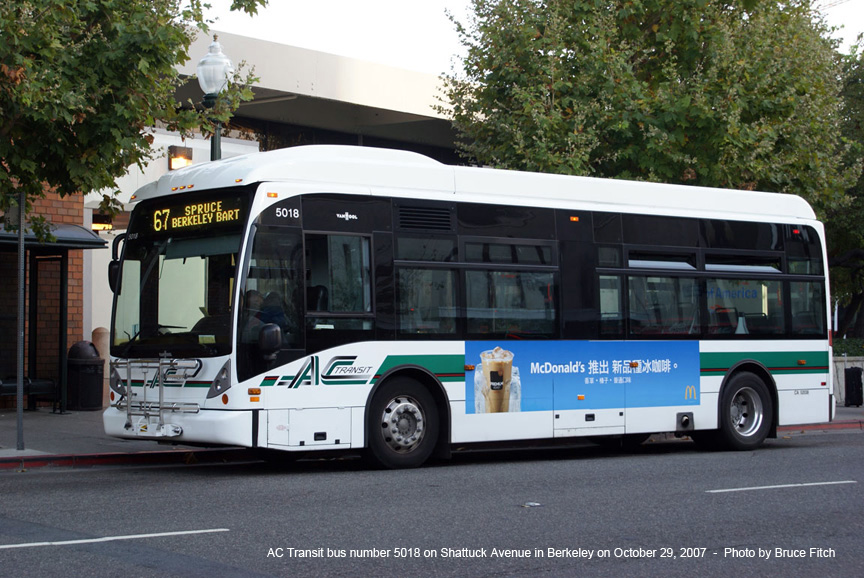Cities are evolving at a rapid pace, and with that comes a growing need for smarter, more efficient ways to move people and goods. Urban mobility is no longer just about cars and buses; it’s about creating interconnected ecosystems that prioritize sustainability, accessibility, and convenience. Here are six innovative trends reshaping how we navigate urban landscapes:
1. Micromobility Mania: Scooters, e-bikes, and shared bikes are no longer just a novelty; they’re becoming integral to the urban transportation mix. They offer a nimble, eco-friendly solution for short-distance travel, bridging the “last mile” gap between public transit and individual destinations. Expect to see further integration with public transport apps and infrastructure improvements like dedicated bike lanes.
2. Electrification Accelerates: Electric buses are becoming increasingly affordable and accessible. Coupled with expanding charging infrastructure, EVs are poised to significantly reduce emissions in urban areas. Beyond cars, electric buses, scooters, and even delivery vehicles are contributing to cleaner air and quieter streets.
3. Autonomous Vehicles (AVs): While fully self-driving cars may still be a few years away, AV technology is already impacting urban mobility. We’re seeing autonomous shuttles operating in designated areas, self-driving delivery robots, and advanced driver-assistance systems (ADAS) in vehicles, paving the way for a future with safer and more efficient transportation.
4. Data-Driven Optimization: The power of data is revolutionizing urban mobility. Real-time traffic information, predictive analytics, smart bus schedule for bus and smart city sensors are being used to optimize traffic flow, improve public transit schedules, and manage parking more effectively. This data-driven approach allows cities to respond dynamically to changing needs and improve the overall transportation experience.
5. Hyperlocal Delivery: From groceries to restaurant meals, businesses are leveraging e-bikes, scooters, and even drones to deliver goods quickly and efficiently within a small radius. This trend is reshaping urban logistics and creating new opportunities for local businesses.
6. The 15-Minute City: Beyond just transportation, urban planning is embracing the concept of the “15-minute city,” where residents can access essential amenities – work, shopping, healthcare, and recreation – within a 15-minute walk or bike ride.
These six trends represent a dynamic shift in urban mobility, driven by technological advancements, changing consumer preferences, and a growing awareness of environmental sustainability. As cities continue to evolve, embracing these innovations will be crucial for creating more livable, connected, and efficient urban environments for all.
